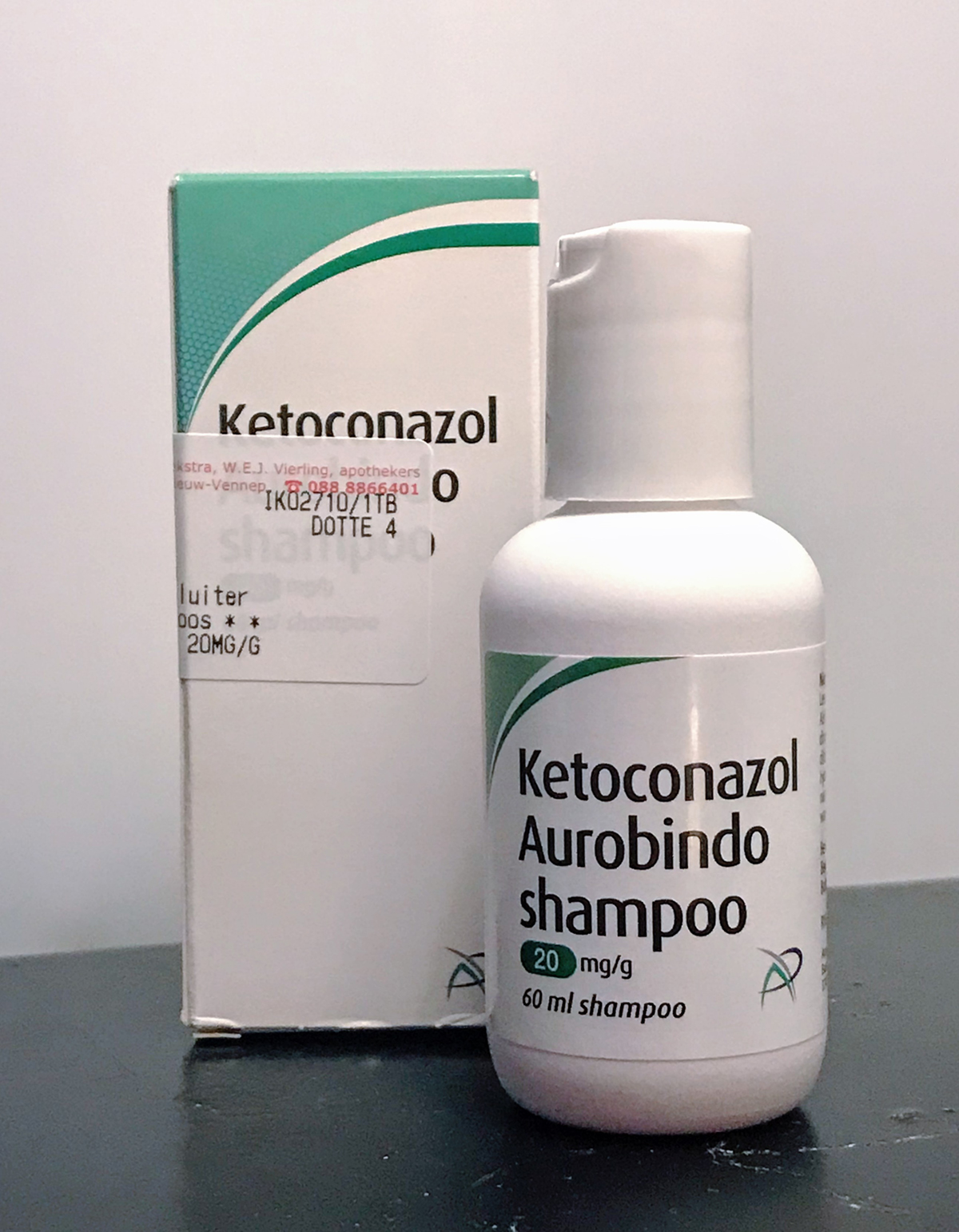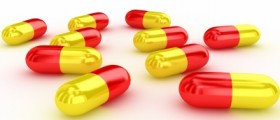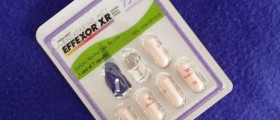
Dry skin complications
Dry skin is a fairly common medical condition, but if left untreated it may lead to the development of certain complications. In most cases those complications are actually different types of skin infections such as dandruff, ringworm, jock itch or athlete’s foot. Other common complications include certain fungal infections such as pityriasis. This medical condition is characterized by darkening or lightening of the skin and it may occur on the legs, arms, chest or the neck.
Ketoconazole for skin treatment
Ketoconazole is a certain type of cream with very potent imidazole antifungal properties. It is very efficient in interfering with the formation of the fungal cell membrane, weakening them and killing the fungi once they become extremely sensitive. This occurs when the weakened cell membrane lets the cell content leak out and lead to the death of the fungi. This type of medication should only be used on the skin. The area which needs to be treated needs to be cleaned and thoroughly dried before applying the medicament. The doctor usually directs the proper application of the medication, but in most cases it is used once or twice during the day. Since it can be used for the treatment of various different types of infections, the length as well as the dosage of the treatment may vary from person to person. One should never apply more than it is prescribed, because that will not accelerate the healing process. It may only lead to the development of certain unwanted side effects. One should always apply the cream to the affected areas of the skin only, with the inclusion of certain smaller portions of the surrounding skin. It is strongly recommended to wash the hands after each application of the medicament. The affected areas of the skin should never be bandaged, covered or wrapped unless directed by the healthcare provider. This type of cream should never be used in the vagina, mouth, nose or the eyes because that may trigger certain unwanted effects. If it still somehow gets to the eyes, they need to be rinsed thoroughly with water. One needs to remember that Ketoconazole needs to be used on a regular basis and at the same time of day in order to provide the best results possible. Even if the symptoms start disappearing, it is very important to always use the medication until its full prescribed amount is finished. If the medication gets stopped too early, the harmful fungi may reappear.
Side Effects and Interactions
Ketoconazole may sometimes be associated with certain types of side effects and the most common of them all include redness of the treated area of the skin, along with redness, irritation, swelling and stinging sensations. The doctor always prescribes a certain medicament according to the judgment tha its benefits are much greater than all the potential side effects. This is why one needs to inform the healthcare provider if any of the aforementioned side effects occur. Ketoconazole may in some rare cases be affiliated with certain serious side effects such as open sores and even blistering. Some extremely rare cases have also included allergic reactions to the medication. Such allergic reactions can easily be characterized by symptoms such as trouble breathing, severe dizziness, swelling of the throat, swelling of the tongue, swelling of the face, itching and rash. This is why one needs to inform the doctor whether he or she is allergic to certain types of medications as well, such as other types of azole antifungals. Some ketoconazole products contain sulfites, and there are people allergic to sulfite which should be extra careful when choosing their preferred ketoconazole products. Pregnant and breastfeeding women should definitely steer clear of this type of medication as it is unclear whether it can harm the baby or the milk. The same can be said for all women who are planning to become pregnant. One needs to check with the doctor if any drug interactions may occur during the ketoconazole therapy. It is highly recommended to inform the healthcare provider about all the dietary supplements or herbal preparations taken, because they too can cause certain interactions with ketoconazole. Additionally, there are certain types of medical conditions which may interact with a ketoconazole therapy. Those include sulfite sensitivity, porphyria, liver disease and low levels of sugar in the blood. People who drink more than three alcoholic beverages per day should also avoid using ketoconazole for the treatment of skin infections and other similar skin related medical conditions. If one swallows ketoconazole it may also lead to severe side effects such as poisoning. The medication should never be shared with other individuals or other medical conditions which are not associated with the prescription. A missed dose should never be doubled in order to catch up, and the medication should never be used in children.

















Your thoughts on this
Loading...